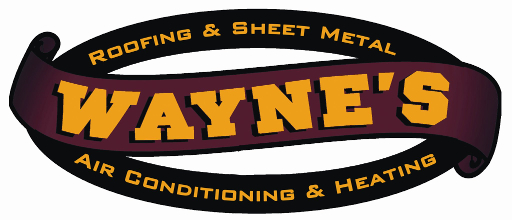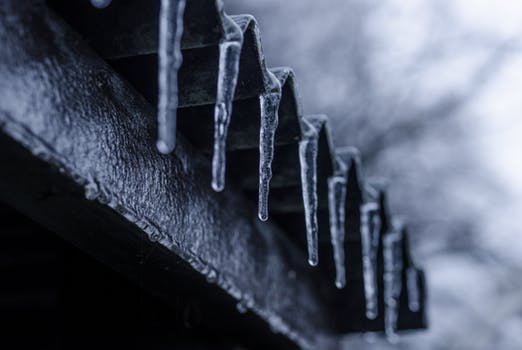Winter Roofing Problems And Solutions
If you live in an area where freezing temperatures, snow, or ice can occur, you’re probably no stranger to the hassles of winter weather. Winter weather conditions affect every aspect of our lives in some way or another, and unfortunately, there is no exception when it comes to roofing concerns. The following article is a a breakdown of some of the most common problems homeowners face in winter, and what you can do about them.
Problem #1: Heavy Snow
When snow begins to accumulate on your roof, it’s important to take action. Snow and ice can add extra weight to your roof that’s greater than your roof was designed for. If that extra weight remains in place for too long, your roof may become damaged and allow water to seep in. Many people choose to purchase a roof rake – which is exactly what it sounds like. From your position on the ground, you can use the long pole with a flat end to scrape the snow off your roof. The more snow (and the more roof) you have, the more physically demanding the task will be, but it’s ideal for the homeowner who is up for it and wants to save money. Another popular option is to have de-icing cables installed which will melt the snow and ice automatically.
Problem #2: Flashing Leaks
Flashing is the most common location for a roof leak to occur. High winds, ice, and other harsh weather can cause the flashing to pull free or be blown away, leaving your roof structure exposed to the elements and allowing water to enter your home. Be sure to have a thorough inspection done before winter and replace an damaged or missing flashing to avoid a problem once winter arrives.
Problem #3: Ice Dams
When the temperature at the uppermost portion of your roof is above freezing, and the lower portions are below freezing, water will melt and run down the roof, re-freezing at the roof’s edge and gutters, creating what’s known as an ice dam. This water can freeze under the shingles as well, creating the potential for even more damage. As the warmer water pools up behind the ice dam, it can enter your home and cause water damage. To lessen the chances of having an ice dam, be sure your roof is properly ventilated, insulated, and frequently cleared after snow falls.
Problem #4: Icicles
Icicles go hand in hand with ice dams, since they are both caused by the same conditions. Clogged gutters and downspouts or ice dams provide a perfect place for thawing water to re-freeze. The added weight can cause damage to gutters and be a hazard to people and animals. Keep your roof as clear as possible, and ensure there is no debris like leaves or twigs in the gutters. Remove icicles if possible. De-icing cables can also help to prevent this issue.
Remember it is always best to consult a professional if you have an emergency situation or need help determining how to handle an issue.


